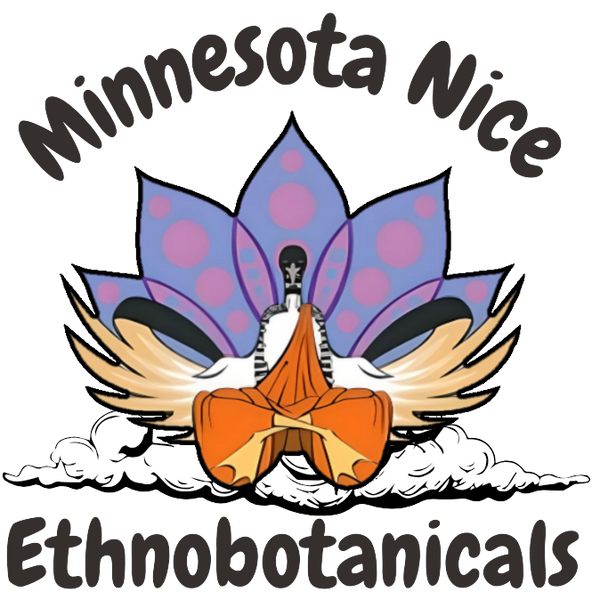Amanita Muscaria Eucharist Connections
Share
Amanita muscaria, also known as the fly agaric mushroom, has been used for centuries as a sacrament in various spiritual and religious traditions. One of the most intriguing connections is the idea that Amanita muscaria was the original sacrament of the Eucharist, the Christian ritual of consuming bread and wine in remembrance of the Last Supper.
There is evidence to suggest that Amanita muscaria was used in pre-Christian rituals in Europe, particularly among the Siberian and Nordic cultures. These cultures held the mushroom in high regard for its psychoactive properties and its ability to induce altered states of consciousness.
The use of Amanita muscaria in religious rituals was often associated with ideas of rebirth, renewal, and spiritual transformation. The mushroom was believed to have the power to help individuals connect with the divine, access hidden knowledge, and transcend the limitations of the physical world.
Some scholars and researchers have suggested that the Christian Eucharist may have originated from these pre-Christian mushroom rituals. According to this theory, the bread and wine consumed during the Eucharist were originally replaced with Amanita muscaria mushrooms, which were believed to represent the body and blood of Christ.
Proponents of this theory point to several similarities between the Christian Eucharist and the use of Amanita muscaria in pre-Christian rituals. For example, both involve the consumption of a sacred substance for spiritual purposes, and both are associated with ideas of transformation and rebirth.
However, there is limited evidence to support this theory, and many scholars and religious leaders reject it as unfounded. It is also important to note that the consumption of Amanita muscaria can be dangerous, and it is not recommended to use it as a substitute for the Eucharist or any other sacrament.
Despite the controversy surrounding the use of Amanita muscaria in religious rituals, the mushroom continues to hold a place of significance in various spiritual and shamanic practices around the world. Its psychoactive properties and potential for inducing altered states of consciousness make it a powerful tool for personal transformation and spiritual exploration.
In conclusion, the idea that Amanita muscaria was the original sacrament of the Eucharist is an intriguing and controversial theory that is not widely accepted by scholars or religious leaders. While there is evidence to suggest that the mushroom was used in pre-Christian rituals in Europe, it is not recommended to use it as a substitute for the Eucharist or any other sacrament due to its potential for toxicity and adverse reactions. As with any psychoactive substance, it is important to approach Amanita muscaria with caution and respect, and to seek guidance from experienced practitioners before using it for spiritual or therapeutic purposes.
